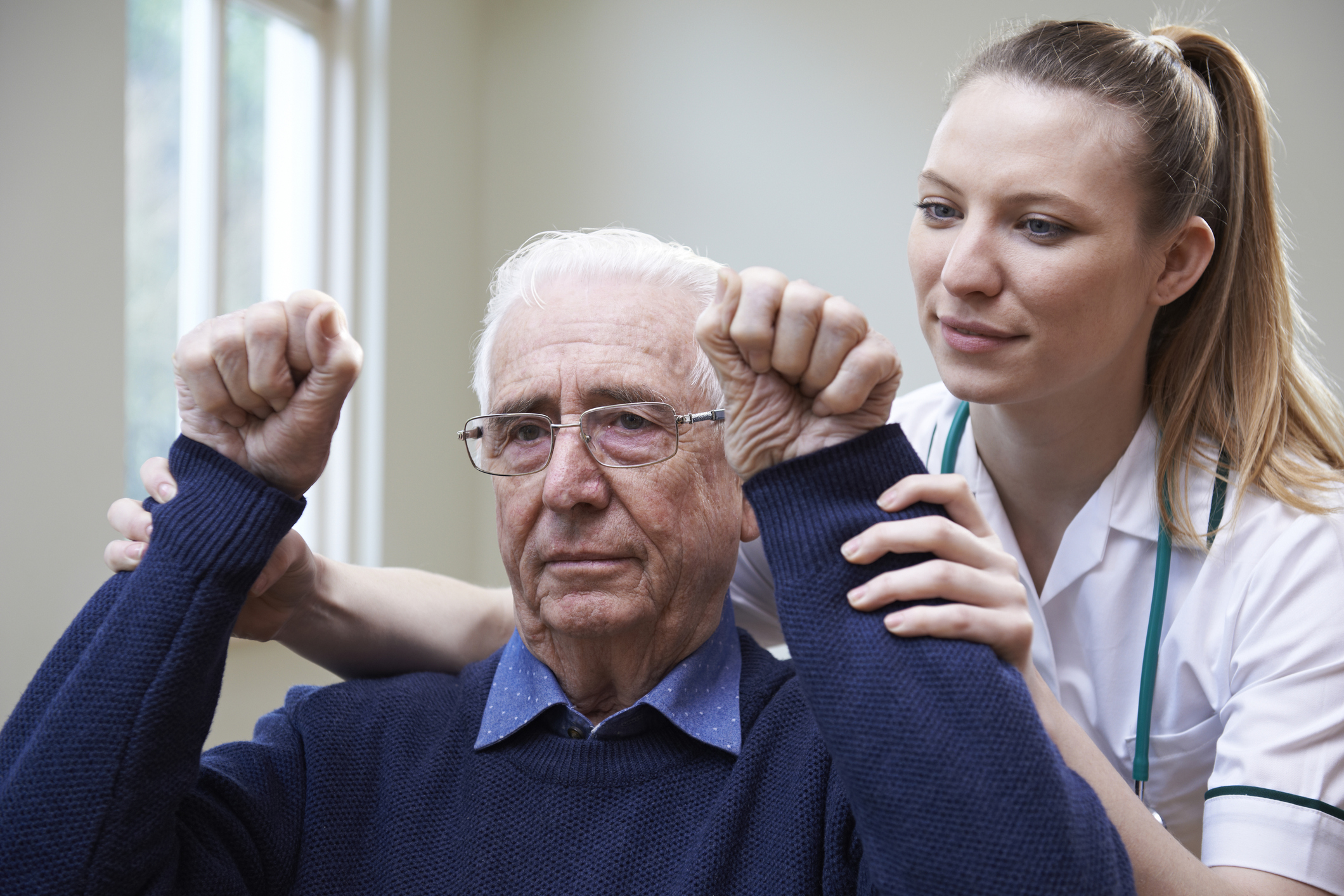Reduce the Risk of Stroke

Often, individuals misdiagnose themselves after having a stroke and do not get the proper treatment due to the fact they do not visit a hospital. This can lead to severe permanent damage to a person’s brain. REMSA would like to remind people to be cautious with a potential stroke.
Reduce the Risk of Stroke
It is never too late or too early to adopt a healthy lifestyle. You can reduce stroke risk factors by not smoking, staying physically active and drinking alcohol only in moderation. Additionally, medical treatment can change stroke risk factors by controlling high blood pressure, high cholesterol and diabetes.
Recognize the Early Warning Signs and Symptoms that are very common with a Stroke
- Sudden blurred or decreased vision in one or both eyes
- Numbness, weakness or paralysis of the face or in an upper or lower limb, occurring on one or both sides of the body
- Difficulty speaking or understanding
- Dizziness loss of balance, or an unexplained fall
- A headache (usually severe and abrupt onset) or unexplained change in the pattern of headaches
3-Step Stroke Test:
Got a Minute? Three Easy Steps to Diagnose Strokes
By familiarizing yourself with this one-minute, three-step test, you can recognize the early warning signs and symptoms that are common with a stroke. Then take action fast to help improve the treatment and the outcome for stroke victims. This test is so simple that even a child can use it. Teach it to your child–many children do save others by learning life-saving techniques such as CPR. If you do believe someone exhibits the symptoms of a stroke, act fast, dial 911.
- Step 1: Ask the person to “smile broadly, showing your teeth.” (This “smile test” checks for one-sided facial weakness or paralysis.)
- Step 2: Ask the person to close their eyes, raise their arms in front of them and hold them out for a count of ten. (Check for limb weakness or paralysis, dizziness, loss of balance.)
- Step 3: Ask the person to repeat a simple phrase, such as “Don’t cry over spilled milk.” (Check for difficulty speaking or understanding.)
Respond to the Signs of a Stroke, Dial 911
Rapid diagnosis, rapid response, and rapid treatment of strokes are especially important because the clot-busting drugs that can reverse or limit brain damage can be used only in the first three hours after strokes occur.
Causes of a Stroke:
Strokes are caused by the sudden loss of blood flow to the brain or bleeding inside the head. When this blood flow stops, brain cells stop functioning or die. As a result, the activities of the body controlled by dying brain cells can lose their ability to function.
When a stroke occurs, the potential for brain damage increases with every moment that passes.
